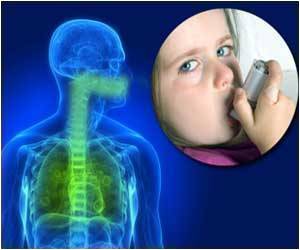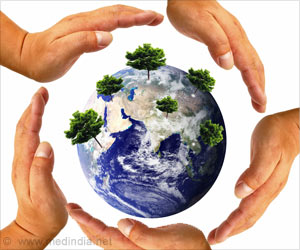The first systematic investigation of hazardous elements in second-hand plastic toys in the UK.

‘High concentrations of hazardous elements found in second hand plastic toys are chronically toxic to children even at low levels over an extended period of time.’





These included cars, trains, construction products, figures and puzzles, with all of them being of a size that could be chewed by young children. They discovered high concentrations of hazardous elements including antimony, barium, bromine, cadmium, chromium, lead and selenium - which are chronically toxic to children at low levels over an extended period of time - in many building blocks, figures and items of jewellery that were typically either yellow, red or black.
Further tests showed that under simulated stomach conditions (involving extraction in dilute hydrochloric acid) several toys released quantities of bromine, cadmium or lead that exceeded limits set by the European Council’s Toy Safety Directive, with the release of cadmium exceeding its limit value by an order of magnitude in some cases.
The research was led by Dr Andrew Turner, Reader in Environmental Science, who used x-ray fluorescence (XRF) spectrometry to analyse the presence of elements within individual toys.
"This is the first systematic investigation of hazardous elements in second-hand plastic toys in the UK," Dr Turner said. "Second hand toys are an attractive option to families because they can be inherited directly from friends or relatives or obtained cheaply and readily from charity stores, flea markets and the internet. But while the Toy Safety Directive applies to new products there is no regulation covering the recycling or re-sale of older toys.
Advertisement
Advertisement












